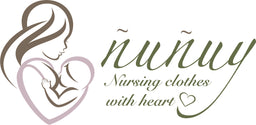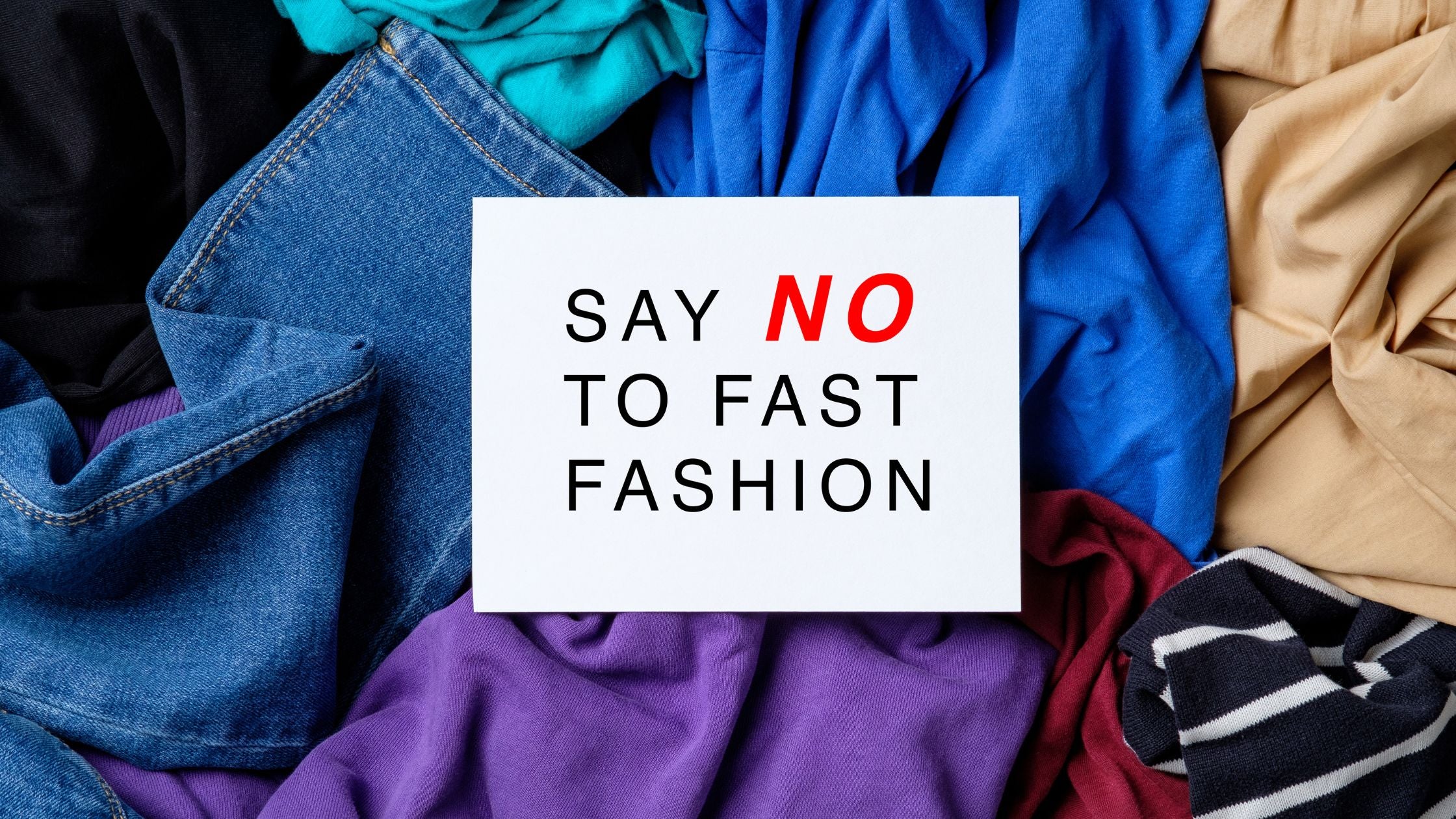What is Fast Fashion?
Fast fashion is cheap, trendy clothing produced rapidly by mass-market retailers to keep up with the latest fashion trends. Think brands like Nike, Old Navy, H&M, Zara, Walmart, and Forever 21. The idea is to create inexpensive and low-quality designs that move quickly from the runway to stores in order to meet the newest trends. As a result, fast fashion brands usually introduce new products into their stores every week. While this might sound really amazing, the rise of fast fashion has created large scale environmental and social side effects.
For instance, Zara alone produces about 840 million pieces of clothing for sale in over 6,000 stores around the world each year, mostly by workers whose wages are below the poverty line. In China, India and Bangladesh, once prosperous rivers have now been destroyed by wastewater from these factories. These same rivers are now biological dead zones full of carcinogenic chemicals. Additionally, tiny plastic microfibers shed from synthetic clothing when we wash them – flooding our water supply and food chain.
How Fast Fashion Hurts People and the Planet
How are some companies able sell their clothing for so cheap? Because fast fashion brands produce clothing at the lowest cost possible. The speed of production – together with underpaid workers and raw material exploitation – is how fast fashion brands make more money. If they produce more, they sell more. As a result, they increasingly speed up their production processes.
The people making this clothing work in poor and dangerous conditions. For example, on April 23rd, 2013 a building known as Rana Plaza in Bangladesh collapsed. This devastating incident killed 1,134 people and injured over 2,500. Rana Plaza housed multiple manufactures of clothing brands. Brands including The Children’s Place, Walmart, and Zara. Consequently, the collapse of this building brought attention to the dire situation caused by fast fashion.
Furthermore, approximately 60 percent of fabric production today contains synthetic materials. Materials that derive from fossil fuels. This means when clothing ends up in the landfill, it will not decay. Approximately 85% of textile waste in the United States goes to landfills or is incinerated (source: NY Times). That’s a scary number!

Contaminated River in China. Photo Credit: RiverBlue
The Opposite of Fast Fashion = Slow Fashion
Slow fashion is a fairly new trend. Slow fashion brands typically release 2 collections per year. These brands have one main thing in common – we create high quality clothing that lasts.
When I started this company, I wanted to create a clothing line for breastfeeding mamas that put sustainability and the fair treatment of people first. As a mama of two, I am passionate about making sure our planet is a place my children can still enjoy when they reach my age. After all, Mother Earth is a mother, too! Learn more about our sustainability efforts and where we make our nursing clothing.
At ñuñuy Nursing Apparel we take it a step further by using organic and sustainable cotton harvested in Peru. Our goal as a company is to make high quality nursing clothes that will truly support you through breastfeeding and beyond. Our styles are designed to stand the test of time – and your washer. Finding the cheapest price for a higher profit will never be our goal.
Fast fashion brands want you to think you’re saving money by purchasing from them, but you need to update your wardrobe more often. Purchasing from slow fashion brands may cost more money upfront, but you will save in the long run because these items will last so much longer.
How to tell if a Brand is Fast Fashion
1) The materials they use:
Always look at the materials a company is using. If they mainly use synthetic fabrics like polyester, nylon, and acrylic – it’s not a good sign. If the company uses mostly recycled, renewable, organic, and natural materials – that’s a great sign! Usually, clothing made by fast fashion brands is low quality and falls apart quickly.
2) The company’s production model:
Is this brand selling hundreds of different styles? Do they add trendy new clothing often? These are signs of a fast fashion company.
3) The transparency of their production chain:
Take a look at the company’s website. Do they have sustainability goals? Do they tell you what factories make their clothing? You may want to think twice about your purchase if you cannot easily locate this information.
For a comprehensive list of the top 30 fast fashion brands, check out this blog post. Fair warning, your favorite brand might be on the list.
What can you do?
Our buying habits hold so much power! Therefore, the easiest thing you can do today is to buy less in general. Try not to buy clothing you will only wear a few times. We often buy things because they’re cute and cheap. But, they end up in the back of our wardrobes.
Secondly, we need more regulation, accountability, and transparency in the fashion industry. Forcing brands to be accountable for their actions in countries other than their own, is a huge step towards improving the working conditions and wages in the fashion industry. Big brands are very secretive. Hiding the location of their factories along with the treatment of the workers there. If there’s no accountability for these big brands, it’s too easy for them to look the other way. Brands need to invest in the full lifecycle of their garments. Learning about the raw materials, fabric creation, the dyes that are involved, and caring about how a customer disposes of a garment once they are done using it.
Practicing Slow Fashion
Slow fashion is easy to practice. It’s not just about buying new clothes from slow fashion brands. Wait, a clothing company is telling me to buy less? Yes, we are! Instead, it’s about rethinking our relationship with items we already own. Below are some tips you can start doing today to promote more sustainable and slow fashion:
1) The first step is to look through your wardrobe and stop thinking of your clothes as disposable
2) Repair what can realistically be repaired
3) Upcycle! A pair of jeans can be turned into shorts, for example
4) When you no longer need an item, donate or sell it. Only 20% of textiles are reused or recycled. We can do better!
5) Join a service like Ridwell that responsibly reuses (when appropriate) and recycles clothing, shoes, and many other hard to recycle items. Seriously, check them out!
Final Words
To sum up, purchasing slow and sustainable fashion means you support companies truly pioneering change in this industry – like us! An industry where workers are paid fair and livable wages – without the use of child labor. Where their work environment is safe and clean. Finally, you’re supporting the responsible creation of garments made from high-quality fabrics. These characteristics might make slow fashion more expensive, but also good for the planet and people – and ultimately good for your wallet in the long run.
It’s definitely time to rethink our relationship with clothing.
Did you learn something from this post? Tell us below in the comments! We’d love to hear from you.
XO
Brittani




